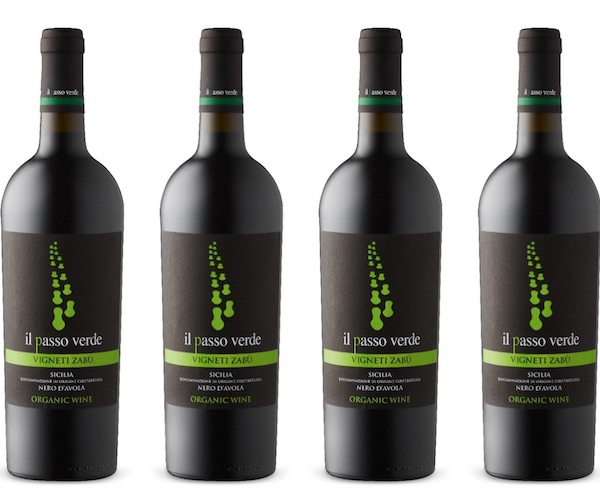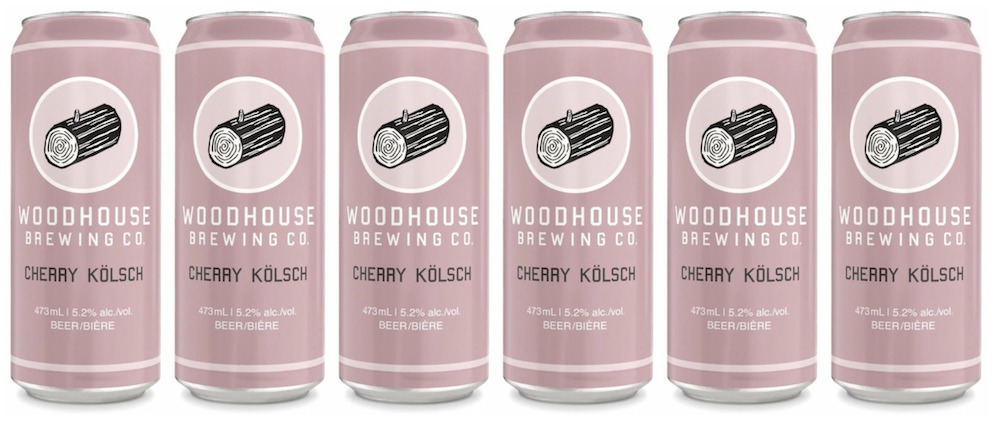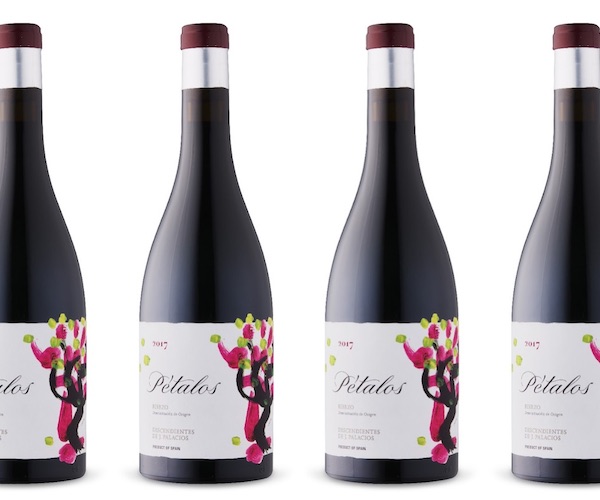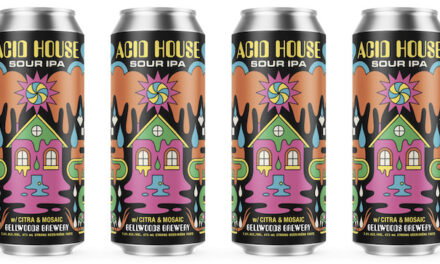Malcolm Jolley finds a great value Nero d’Avola at the LCBO…
Deep into my March interview with Shaugnessy Bishop-Stall on the subject of his book Hangover, the author put forward his theory of red wine hangovers. To summarize and paraphrase, Bishop-Stall doesn’t think it’s sulphites, or some particular characteristic of red wine, like increased tannins, that keeps may people from dark coloured wines. He thinks it’s the chemicals used to control pests and disease in conventionally grown wines that gives people a particularly bad hangover, and he swears he’s converted red wine abstainers by generously pouring them organic red wines to minimal effect the next day. I think he may be onto something, as I have anecdotally noticed I feel fresher the day after drinking organic wines. The effect might also be purely psychosomatic, and it is certainly possible to achieve an impressive hangover from organic wine. Still, given the choice between a wine made with lots of chemicals and an organic one, who wouldn’t opt for the latter, if only for the sake of planet?
In my travels to Italy, and meeting Italian producers at home, that country’s winemakers seem to be embracing organic production with gusto. This is in part due to market pressure, especially from export markets in Northern Europe, but also a general rise in consciousness about stewardship of the land and the welfare of the people on it. The Farnese Group, which is a growing winemaking concern in the South of Italy, seems plugged into this ethos, despite the scale of their production and the 2017 Vignetti Zabü ‘Il Passo Verde’ Sicilia DOC ($13.95 – LCBO# 628974) is a great example of value priced organic wine.
The Passo Verde (or ‘The Green Step’) is a 100% Nero d’Avolo made wine from the area around the town of Zambuca di Sicilia, which in wine circles is best known as the site of the Planeta family’s original winery at Ulmo. It’s full of fruit: black and blue. And it has a wonderful freshness. It also, especially at opening has vanilla notes from the 50% of it that’s made in barrels. I will admit, the last bit threw me a bit off when I first tasted it, but the wine mellowed and rounded after a half hour of air, and the oak integrated nicely. I left half a bottle of the Passo Verde in the fridge on the evening I tasted it at home, and the next day the wine was alive as ever and integrated even more. I would recommend this wine to anyone who is paying $20 or more dollars a bottle for the clumsily made California Cabernet Sauvignon that seems to be so well marketed and yet so boring. At less than $15 the Passo Verde is more exciting and vibrant, though just as concentrated in fruit, and is better for the planet, if not your head the next morning, anyway. It’s definitely worth a try.








